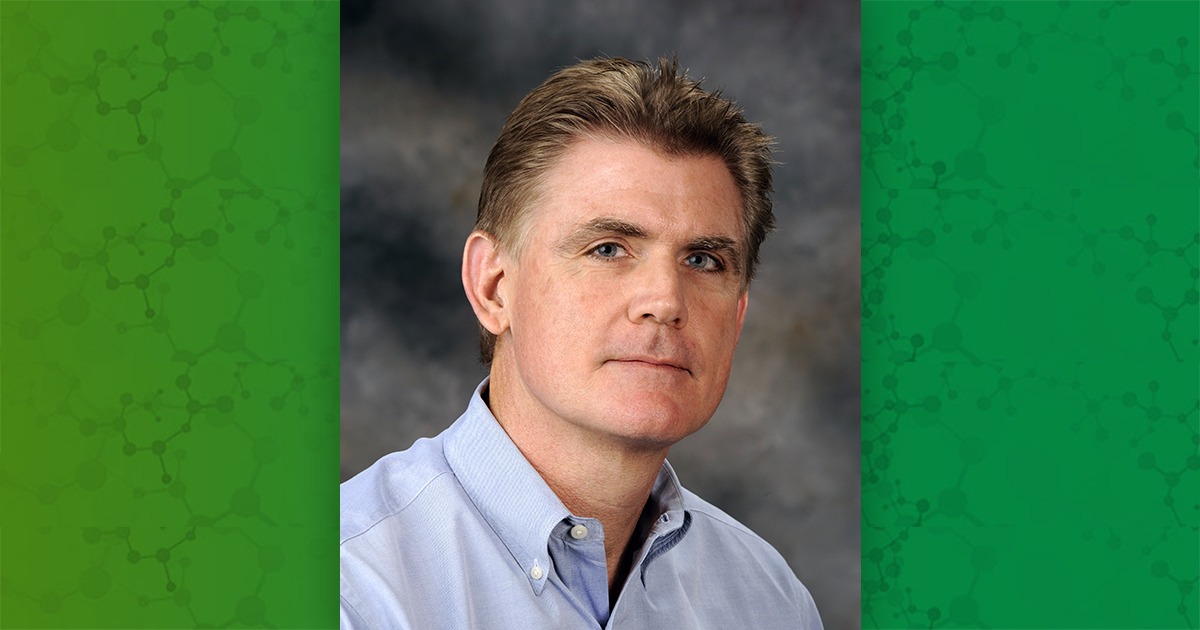At its Sept. 21-22 meeting, the Scientific Advisory Committee on Alternative Toxicological Methods(SACATM) advised federal agencies on the topics of measuring progress in reducing animal use and approaches to establishing confidence in new chemical safety testing methods.
The committee urged member agencies of the Interagency Coordinating Committee on the Validation of Alternative Methods (ICCVAM) to expand their efforts to measure progress in adoption of new approach methodologies (NAMs) for chemical testing. They encouraged agencies to work with stakeholders to share data on animal use and provide incentives for reducing animal use.
The committee also encouraged ICCVAM agencies to consider relevance to human biology when evaluating a nonanimal test method for a specific purpose, rather than relying on a simple comparison to historical animal data.
“If the NAMs perform as well as the reference test from a variability perspective, and if the NAMs represent relevant biology and mechanisms, that should demonstrate sufficient assay performance,” commented SACATM member Tamara Tal, Ph.D., from the Helmholtz Centre for Environmental Research.
SACATM includes experts from academia, industry, and animal welfare organizations. The committee meets annually to advise the NIEHS Director, the National Toxicology Program Interagency Center for the Evaluation of Alternative Toxicological Methods (NICEATM), and ICCVAM on ICCVAM activities. ICCVAM is a federal government committee administered by NICEATM.
Measuring progress toward adopting new methods
In his introduction to this session, Warren Casey, Ph.D., from NIEHS, acknowledged that ICCVAM agencies have been asked throughout ICCVAM’s 20-year history to measure their progress toward reducing animal use.
“The difference now is that we’ve finally gotten to the point where we can have a meaningful discussion about metrics because we have validated methods that can actually be used to replace animal use,” he noted.
Representatives from four ICCVAM member agencies described accomplishments and ongoing efforts to measure their agencies’ progress in this area. Perspectives from the chemical and pharmaceutical industries were also presented. Jessie Carder of the U.S. Department of Agriculture concluded the session by describing the goals and activities of a new ICCVAM workgroup established to explore approaches to encourage consideration of alternative methods.
SACATM member Ellen Berg, Ph.D., from Insitro, welcomed establishment of the ICCVAM workgroup and asked Carder what barriers they had identified so far. Carder replied that stakeholders have expressed concerns about the lack of consistency of regulatory requirements among federal agencies, the cost of developing NAMs, and lack of industry participation.
SACATM member Antonio Baines, Ph.D., from North Carolina Central University, felt that training and increased awareness of alternatives to animal testing would be key to further progress.
“If we want to really reduce, refine, and replace animals in these studies, that worldview needs to be incorporated into undergraduate and graduate training,” he noted.
Establishing confidence in new methods
 Helena Hogberg, Ph.D., from NIEHS, showed attendees how to use the Integrated Chemical Environment, a resource of publicly available curated data and tools for chemical safety assessment. Hogberg is a NICEATM staff scientist. (Photo courtesy of Helena Hogberg)
Helena Hogberg, Ph.D., from NIEHS, showed attendees how to use the Integrated Chemical Environment, a resource of publicly available curated data and tools for chemical safety assessment. Hogberg is a NICEATM staff scientist. (Photo courtesy of Helena Hogberg)The process of validation establishes the reliability and relevance of a test method for a specific application. The ICCVAM Validation Workgroup is currently revising the 1997 document describing ICCVAM procedures for validation of new methods.
Traditionally, new methods are validated by comparing the results produced by testing a chemical using a new method to the results from an animal test for the same endpoint. The limitations to that approach include the variability of animal test data, the shortcomings of animal models in representing human biology, and, in some cases, the absence of good animal models for an endpoint.
NICEATM scientists, ICCVAM member agency representatives, and international colleagues proposed ways to address these limitations and ensure high-quality technical validation as part of an evolving scientific confidence framework. SACATM members supported the development of human biology-based approaches for validating new methods and suggested that collaboration across agencies and industrial sectors might foster progress.
Of particular concern to some meeting attendees was a proposal by the U.S. Food and Drug Administration (FDA) to conduct new animal testing to support validation of NAMs.
“Evaluating human-based cell and tissue models against animal data risks creating confusion and uncertainty if they don’t align,” stated Elizabeth Baker, J.D., from Physicians Committee for Responsible Medicine, in a public comment presented at the meeting. “We ask FDA to focus on human data where it’s available for NAM evaluation.”
Other sessions provided updates on advances in NICEATM computational resources and ICCVAM activities over the past year.
Slides, meeting minutes, and other materials from the SACATM meeting will be available on the National Toxicology Program website.
(Catherine Sprankle is a communications specialist for Inotiv, the contractor supporting NICEATM.)
Source link
factor.niehs.nih.gov


